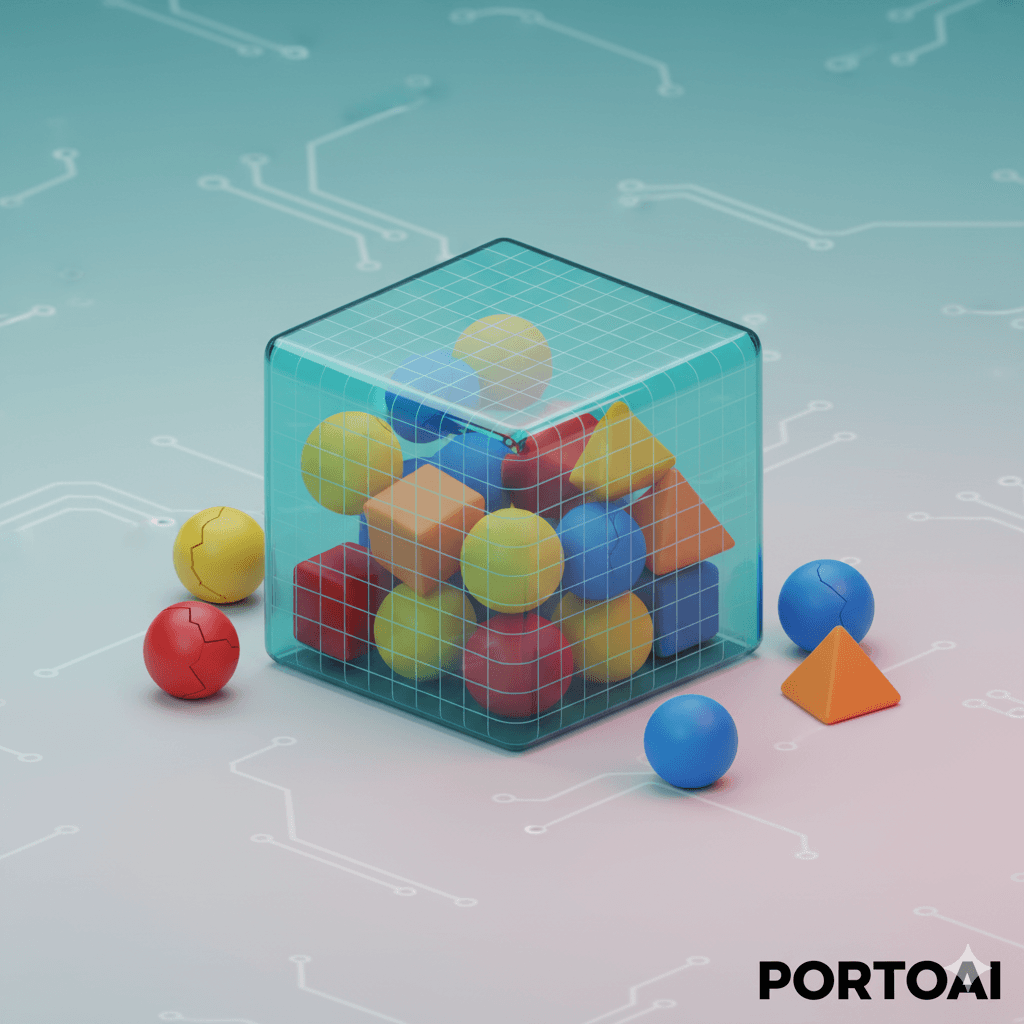IOCL vs BPCL vs HPCL: Which Indian Oil Stock is a Better Investment?

Venkateshwar Jambula
Lead Market Researcher
5 min read
•Published on September 6, 2024
•IOCL vs. BPCL vs. HPCL: A Data-Driven Comparison for Intelligent Investors
In the dynamic landscape of India's energy sector, state-owned Oil Marketing Companies (OMCs) like Indian Oil Corporation Limited (IOCL), Bharat Petroleum Corporation Limited (BPCL), and Hindustan Petroleum Corporation Limited (HPCL) represent significant investment opportunities. As of March 21, 2022, these were the primary listed downstream oil companies, each playing a crucial role in fuel distribution across the nation. Understanding their nuances is key to making a disciplined investment choice.
While all three are government-controlled Maharatna Public Sector Undertakings (PSUs) and operate within the downstream segment, focusing on products like petrol and diesel, their individual strengths and market positions warrant a closer examination.
Ownership Dynamics and Investor Interest
The Government of India, through the Ministry of Petroleum and Natural Gas, holds a majority stake (over 50%) in all three OMCs. This government backing provides a degree of stability. However, looking beyond government control reveals differing investor appetites:
- HPCL: Attracts the highest investment from Foreign Portfolio Investors (FPIs), indicating international confidence in its market position.
- BPCL: Shows strong appeal to domestic mutual fund houses, suggesting a preference among local institutional investors.
- IOCL: Commands the largest public investment, reflecting broad retail and individual investor participation.
For investors seeking to dissect ownership patterns and identify institutional flows, PortoAI's Market Lens offers sophisticated tools to track FPI, DII, and retail investor movements across all listed entities, enabling a deeper understanding of market sentiment.
Product Portfolios and Operational Scope
While the core business of selling refined petroleum products is common, the breadth and depth of their portfolios and infrastructure vary:
Indian Oil Corporation Limited (IOCL)
IOCL boasts the most extensive product range and infrastructure:
- Key Products: Natural gas, petrol, diesel, jet fuel, industrial fuel, kerosene, bitumen, petrochemicals, crude oil, lubricants, and greases.
- Infrastructure: Operates a vast network of over 1,059 CNG stations, 1,100+ km of gas pipelines, and a group refining capacity of 80.55 MMTPA. Its oil pipeline network spans over 15,000 kilometers.
Bharat Petroleum Corporation Limited (BPCL)
BPCL offers a robust portfolio catering to diverse needs:
- Key Products: LPG, Automotive LPG, petrochemicals (benzene, toluene, naphtha), aviation fuel, diesel, petrol, kerosene, fuel oil, bitumen, sulfur, and lube oil base stock.
Hindustan Petroleum Corporation Limited (HPCL)
HPCL's offerings include:
- Key Products: Fuel oil, naphtha, sulfur, lubricants and greases, gasoline, diesel, polyethylene, polypropylene, and sulfur.
Market Reach: The Petrol Pump Network
The number of retail outlets is a direct indicator of market penetration. IOCL leads significantly in this regard:
| Company | Number of Petrol Pumps |
|---|---|
| IOCL | 32,303 |
| BPCL | 18,766 |
| HPCL | 18,776 |
While IOCL's lead is substantial, it's important to monitor any strategic divestments, such as potential agreements to sell petrol pumps. For investors, tracking the expansion and strategic decisions of these retail networks is crucial. PortoAI's Goal Planner can help model the potential impact of such strategic shifts on company valuations.
Conclusion: Informed Decision-Making with Data
Comparing IOCL, BPCL, and HPCL reveals distinct profiles within the same industry. IOCL leads in market share and retail presence, while BPCL and HPCL show different strengths in attracting institutional and foreign investment.
For sophisticated investors, a superficial comparison is insufficient. A deep dive into financial statements, operational efficiencies, strategic initiatives, and market trends is necessary. PortoAI empowers you to move beyond basic metrics. Our AI-driven platform synthesizes vast amounts of financial data, identifies critical market signals, and provides tools for robust risk assessment, enabling you to make confident, data-backed investment decisions in the energy sector and beyond.
Blog
Investment Insights and Tips
Explore our latest investment strategies and insights.

Commodities
What is a Quote-Driven Market? Understanding Dealer Markets Explained
A quote-driven market refers to a type of financial market structure in which market participants trade through market makers who quote bid and ask prices for securities. Market makers play a crucial ...
Venkateshwar Jambula
September 28, 2024
•4 min read

Stocks
What is Swing Trading? A Data-Driven Guide for Investors
Swing trading is a method of trading where a market participant takes a position for a couple of days to a couple of weeks to take advantage of short- to medium-term price swings. This is done to capt...
Venkateshwar Jambula
September 28, 2024
•4 min read

Commodities
What is On-Balance Volume (OBV)? A Trader's Guide to Momentum
On-Balance Volume (OBV) is a technical analysis indicator that predicts the change in a stock’s price through its volume flow. When trading financial securities, price and volume are considered two ke...
Venkateshwar Jambula
September 28, 2024
•4 min read

Commodities
Master Algorithmic Trading: Strategies & AI Insights
Algorithmic trading is a method of automating trades based on pre-programmed instructions. Think of it like using an algorithm for intraday trading where it can automate trading decisions and swiftly ...
Venkateshwar Jambula
September 28, 2024
•6 min read